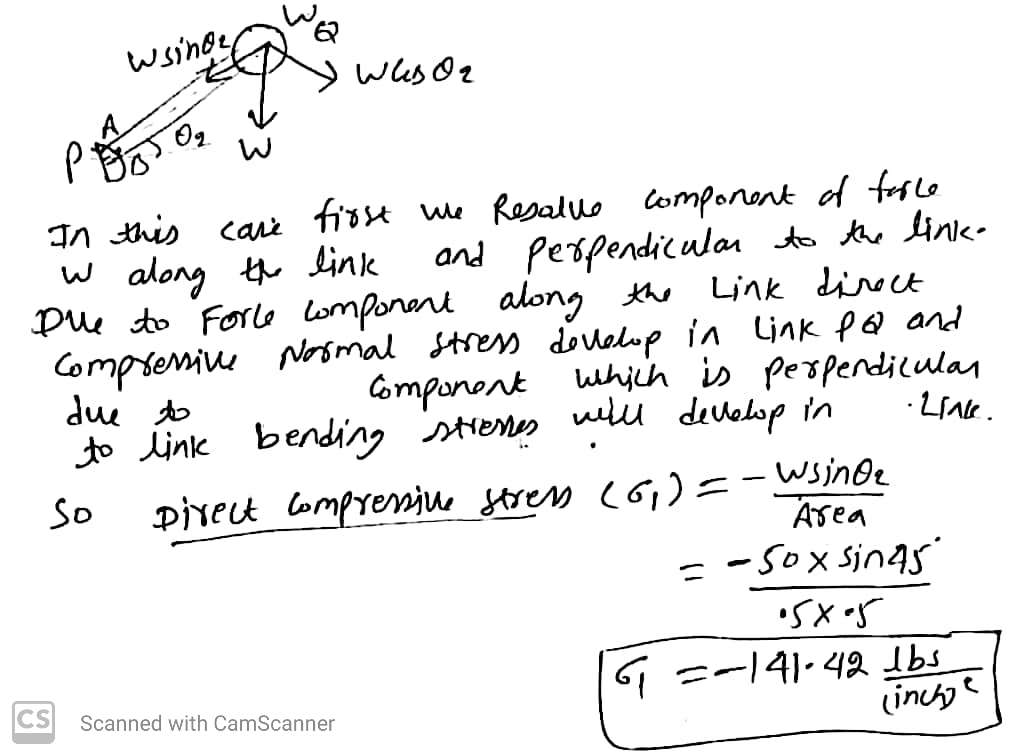ere, you could assume that the noise may be induced as a result of image acquisition reprocessing. Furthermore, denote the resulting noisy image by g(x, y), that is, g(x, y) (x, y) + n(x, y). ote that, for this particular project, you need to generate a set of N noisy images, {g;(xr, y)} hen, the averaged image ĝ(x, y) is formed by averaging g(r, y) = (0.1 asks: (i). Plot the averaged image when N = 3, 10, 20 and 100 noisy images are averaged i). What phenomena do you observe? (iii). Provide some theoretical analysis. lint: Determine the mean and variance of g(x, y) and g(x, y). mportant: Notice that the noise is i.i.d. and, hence, g(x, y) is also i.i.d. and, as a result o is, we have E {g(x, y)} = f(x, y) and Var {g(x, y)} = o, Horeover, the mean of ĝ(x, y) is E{j(x,y)} = Σ gi(x, y) = f(x, y) (0.2 nd the variance of 7(æ, y) is Var {7(r, v)} = E{(7(r, v) – S(x, v))*} = E n(x, y) (0.= ote that the above equations, the Equations (0.2) and (0.3), indicate that the variability o ixel values in the sum image decrease as N increases, since the mean of 7(x, y) is the sam - Z-Z
ere, you could assume that the noise may be induced as a result of image acquisition reprocessing. Furthermore, denote the resulting noisy image by g(x, y), that is, g(x, y) (x, y) + n(x, y). ote that, for this particular project, you need to generate a set of N noisy images, {g;(xr, y)} hen, the averaged image ĝ(x, y) is formed by averaging g(r, y) = (0.1 asks: (i). Plot the averaged image when N = 3, 10, 20 and 100 noisy images are averaged i). What phenomena do you observe? (iii). Provide some theoretical analysis. lint: Determine the mean and variance of g(x, y) and g(x, y). mportant: Notice that the noise is i.i.d. and, hence, g(x, y) is also i.i.d. and, as a result o is, we have E {g(x, y)} = f(x, y) and Var {g(x, y)} = o, Horeover, the mean of ĝ(x, y) is E{j(x,y)} = Σ gi(x, y) = f(x, y) (0.2 nd the variance of 7(æ, y) is Var {7(r, v)} = E{(7(r, v) – S(x, v))*} = E n(x, y) (0.= ote that the above equations, the Equations (0.2) and (0.3), indicate that the variability o ixel values in the sum image decrease as N increases, since the mean of 7(x, y) is the sam - Z-Z
MATLAB: An Introduction with Applications
6th Edition
ISBN:9781119256830
Author:Amos Gilat
Publisher:Amos Gilat
Chapter1: Starting With Matlab
Section: Chapter Questions
Problem 1P
Related questions
Question
I have this prompt for Matlab, but I don't know exactly where to start?

Transcribed Image Text:Problem Statement for Project:. Consider a gray scale image, for example, taken by
a smart phone or digital camera. First, denote this image as the original image f(x, y),
where (x, y) is a pair of coordinates of a pixel. Then, generate a zero-mean Gaussian ran-
dom noise n(x, y) using Matlab function normrand and add to the original image f(x, y).
Here, you could assume that the noise may be induced as a result of image acquisition or
preprocessing. Furthermore, denote the resulting noisy image by g(x, y), that is, g(x, y) =
f(α, y) + η (, 9).,
Note that, for this particular project, you need to generate a set of N noisy images, {g:(x, y)}-1
Then, the averaged image ĝ(x, y) is formed by averaging
g(x, y) = vLn=1
gi(x, y).
(0.1)
N
Tasks: (i). Plot the averaged image when N = 3, 10, 20 and 100 noisy images are averaged.
(ii). What phenomena do you observe? (iii). Provide some theoretical analysis.
Hint: Determine the mean and variance of g(x, y) and ĝ(x, y).
Important: Notice that the noise is i.i.d. and, hence, g(æ, y) is also i.i.d. and, as a result of
this, we have E {g(x, y)} = f(x, y) and Var {g(x, y)} = o(z,u)*
Moreover, the mean of ĝ(x, y) is
N2 9i(x, y)
E S(x, y)
E {j(x,y)}
n=1
1
N
n=1
= f(x, y)
(0.2)
and the variance of g(x, y) is
Var {J(r, v)} = IE {(7(r, 3) – f(1r, v))"}
= E
n(x, y)
(0.3)
N°n(z,y)·
Note that the above equations, the Equations (0.2) and (0.3), indicate that the variability of
pixel values in the sum image decrease as N increases, since the mean of ĝ(æ, y) is the same
as the original image f(x, y), and, moreover, ĝ(x, y) approaches f(x, y) as the number of
noisy images used in the averaging process increases.
Expert Solution
Step 1
Answer:

Step by step
Solved in 2 steps with 2 images

Recommended textbooks for you

MATLAB: An Introduction with Applications
Statistics
ISBN:
9781119256830
Author:
Amos Gilat
Publisher:
John Wiley & Sons Inc

Probability and Statistics for Engineering and th…
Statistics
ISBN:
9781305251809
Author:
Jay L. Devore
Publisher:
Cengage Learning

Statistics for The Behavioral Sciences (MindTap C…
Statistics
ISBN:
9781305504912
Author:
Frederick J Gravetter, Larry B. Wallnau
Publisher:
Cengage Learning

MATLAB: An Introduction with Applications
Statistics
ISBN:
9781119256830
Author:
Amos Gilat
Publisher:
John Wiley & Sons Inc

Probability and Statistics for Engineering and th…
Statistics
ISBN:
9781305251809
Author:
Jay L. Devore
Publisher:
Cengage Learning

Statistics for The Behavioral Sciences (MindTap C…
Statistics
ISBN:
9781305504912
Author:
Frederick J Gravetter, Larry B. Wallnau
Publisher:
Cengage Learning

Elementary Statistics: Picturing the World (7th E…
Statistics
ISBN:
9780134683416
Author:
Ron Larson, Betsy Farber
Publisher:
PEARSON

The Basic Practice of Statistics
Statistics
ISBN:
9781319042578
Author:
David S. Moore, William I. Notz, Michael A. Fligner
Publisher:
W. H. Freeman

Introduction to the Practice of Statistics
Statistics
ISBN:
9781319013387
Author:
David S. Moore, George P. McCabe, Bruce A. Craig
Publisher:
W. H. Freeman